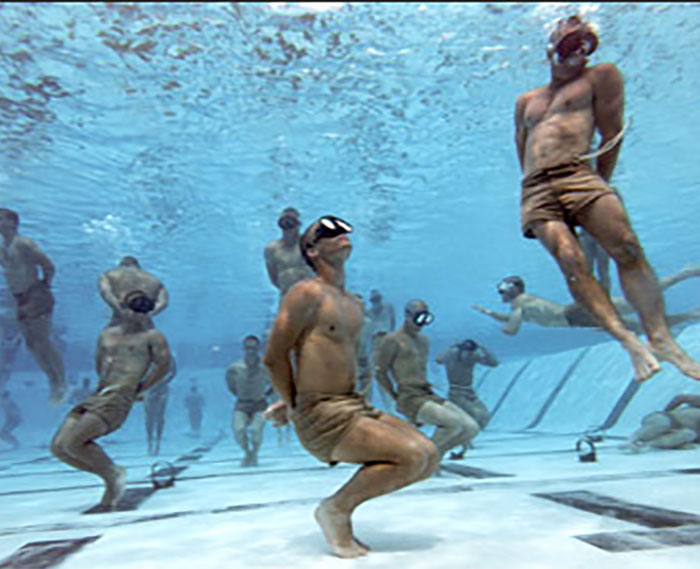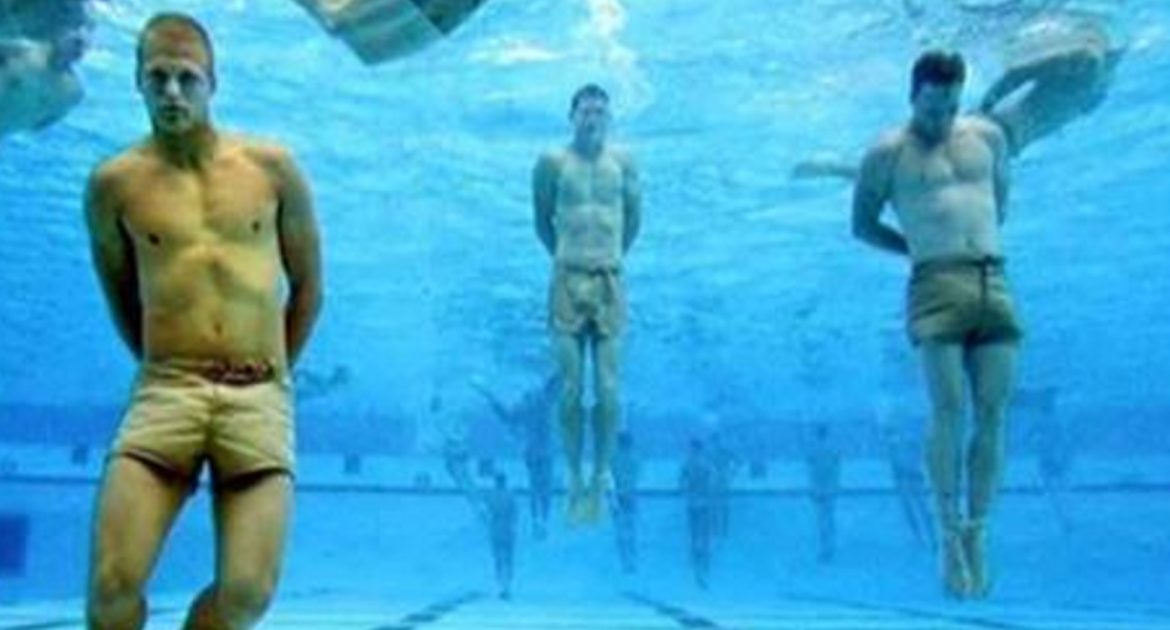Clint Emerson is a retired Navy Seal turned bestselling author for his educational book titled, ‘100 Deadly Skills: The SEAL Operative’s Guide to Eluding Pursuers, Evading Capture, and Surviving Any Dangerous Situation.’

Amongst the many tips and tricks for self-defense and evasion tactics to help you get through any potentially dangerous situation, Emerson explains how to survive being drowned with his informative U.S. Navy expertise.
Water can be lifesaving and life-threatening. Regardless of whether you are in a shallow pool or consumed by the roughness of the raging sea, Clint provides thorough step by step instructions to protect oneself from captivity and the possibility of being drowned. As suggested by Clint, surviving being drowned comes down to proper breathing control techniques. As lungs fill with air, it’s crucial to deeply inhale, followed by swift exhales.
Although panicking is a natural reaction in a potentially dangerous situation, the retired Navy seal claims that feelings of panic can cause hyperventilation which in turn makes breathing a lot more difficult. Instead, repositioning the body, like using a ‘sinking and bouncing approach’, can help with combatting a body’s natural tension. Despite the position you’re in while under physical duress, Clint explains that there are ways to survive the intensity of being vulnerable in vast waters.

If you happen to find yourself facing downward, Clint suggests that arching ones back will help with keeping the head safely above water for occasional breaths of air.

In the case of a being held captive in a large body of water, Clint suggests that rotating the body will help push the body in a forward motion without suffering from a standstill position.
Thankfully, with the practical and extremely useful knowledge from this Navy Seal, the everyday civilian could strategically combat one of these worst case scenarios with these helpful techniques.







